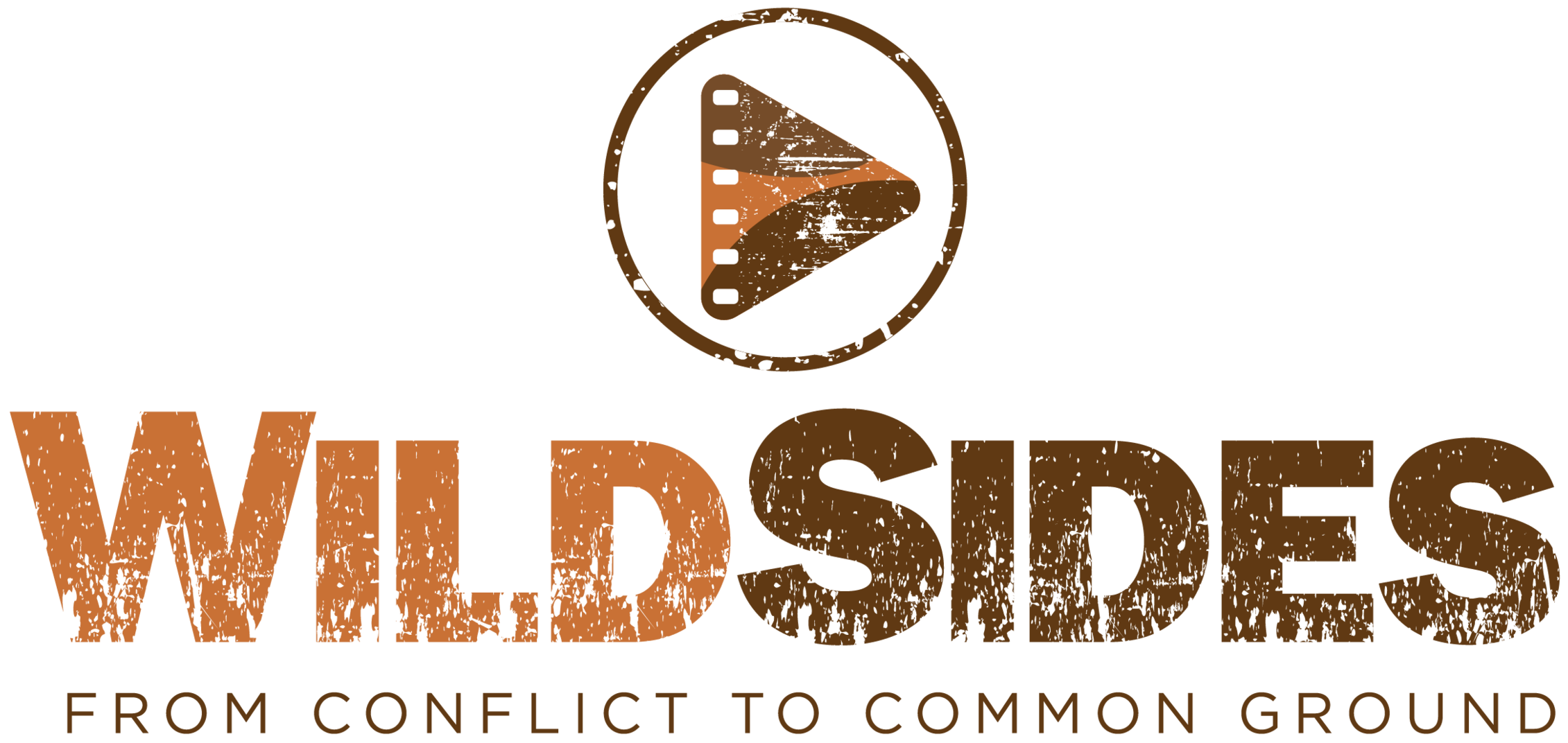Collective Steps Forward
This is the final article of a five-article series by WildSides intern Erica Krol. Join the finale of this part of her journey exploring the connections between endangered species, pesticide use and all of us. Enjoy!
Over the past four articles, I explored the adverse effects of two pesticides on almost all of the endangered species in the United States. Endangered species are important to us in many ways, and now I understand that pesticides are connected to our everyday lives. What I learned throughout this journey surprised me, but encourages me.
After completing all of my research on pesticides, I realize that I cannot rule out the fact that many other things could also be adversely impacting these endangered species. So, I decide to research some of these other impacts to build a broader view of the harm that endangered species endure.
First, I look at some additional factors that could possibly harm caribou. Interestingly, researchers suggest that climate change might play a large role in caribou decline. For example, an increase in irregular icing in the winter may make it more difficult to find food. I then read that hunting has contributed a lot to the decline in caribou. People can use the caribou as food and caribou hides to make clothing and tents. Lastly, I find that industrial development may block caribou’s ability to migrate to their breeding grounds.
Tourists in Mammoth Cave National Park
Then I decide to do more research on what might affect endangered bat populations. I find that the biggest potential contributors are cave disturbance and commercialization. Many of the caves, that are homes to these hibernating bats, are used as tourist attractions. The openings to some caves can become blocked, which not only can stop bats from entering or exiting the cave, but can also change the temperature or the humidity of the cave. Deforestation could be another example of potential harm to bats. Since bats use trees as resting and foraging spots during the summer, losing forests could really impact them. Finally, I find that a variety of diseases can play a role in the decline of many bat species. For example, white nose syndrome is a fungus that grows on hibernating bats.
So there most likely isn’t just one thing that adversely affects the endangered species in the United States. But a combination of many different factors combine to impact these species. Although pesticides might have a significant effect on endangered species and other animals, it does not mean we should rule everything else out. But, this also doesn’t mean that pesticides’s effects are any less important to understand. So, the interactions of many things are actually at play in the real world.
Since research shows that pesticides have adverse effects on endangered species, we need to continue studying them in much greater detail. This EPA study gives me, and hopefully others, a small glimmer of promise because many people are already researching these issues. Now, we just have to continue to answer the questions posed by these new studies, and to raise new questions.
When I began this journey I did not know much about the two pesticides I studied (chlorpyrifos and malathion). But now I am aware of the potential harm they both can cause. These pesticides are applied to many crops that we use in our daily lives, including soybeans and cotton. The research shows that they also adversely affect caribou and several species of endangered bats, both of which are important to many people’s lives.
I have accepted that I cannot resolve this issue by myself. But I do know that I can take one or two steps in a better direction, like the actions I discussed at the end of Soybeans, Cotton, and Me. If we all work together our collective steps forward can build a healthier environment and we can save some of the remaining endangered species while we still have time.
Sources
The Environmental Protection Agency: https://www.epa.gov/pesticides/epa-releases-final-biological-evaluations-three-chemicals-impacts-endangered-species
US Fish and Wildlife Service, Caribou: https://ecos.fws.gov/ecp0/profile/speciesProfile?spcode=A088
National Geographic, Caribou: https://www.nationalgeographic.com/animals/mammals/c/caribou/
US Fish and Wildlife Service, Gray Bat: https://ecos.fws.gov/ecp0/profile/speciesProfile?spcode=A04J
US Fish and Wildlife Service, Ozark Big Eared Bat: https://ecos.fws.gov/ecp0/profile/speciesProfile?spcode=A075
US Fish and Wildlife Service, Northern Long Eared Bat: https://www.fws.gov/Midwest/endangered/mammals/nleb/index.html
US Fish and Wildlife Service, Indiana Bat: https://www.fws.gov/midwest/endangered/mammals/inba/inbafctsht.html
US Fish and Wildlife Service, Lesser Long Nosed Bat: https://ecos.fws.gov/ecp0/profile/speciesProfile?spcode=A0AD
Photo Credits
Bat in Hand: https://www.flickr.com/photos/blmnevada/39609747092/in/photostream/
Tourists in Mammoth Cave National Park: https://commons.wikimedia.org/wiki/File:Mammoth_Cave_National_Park_FROZENNI.jpg

